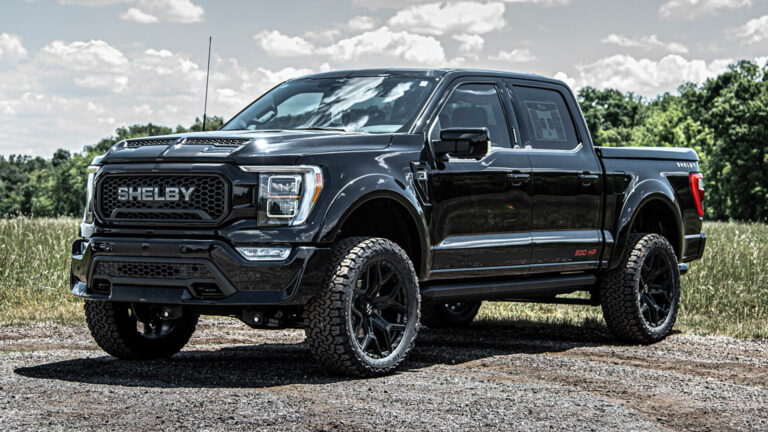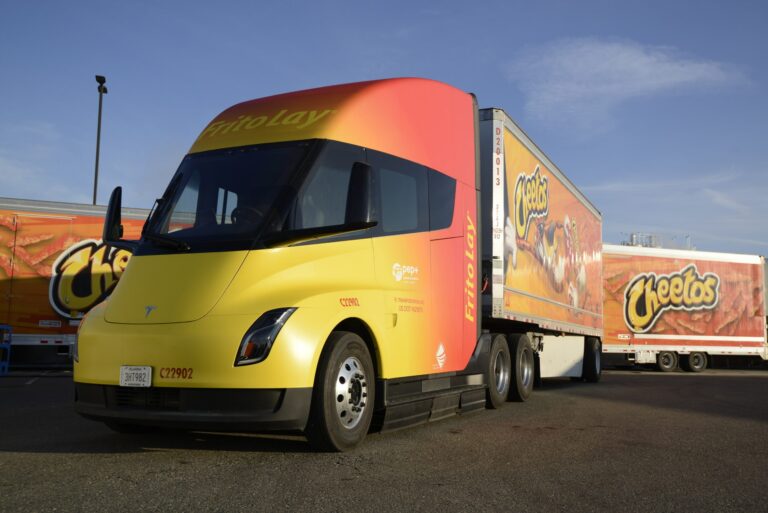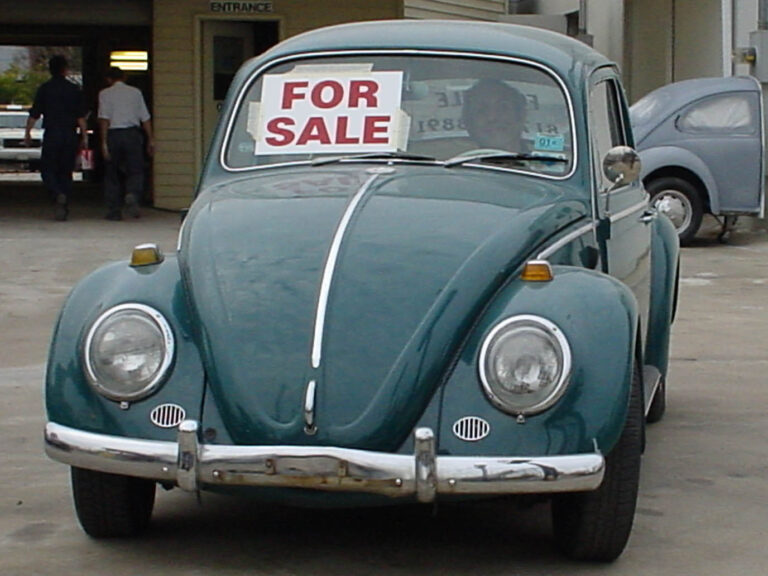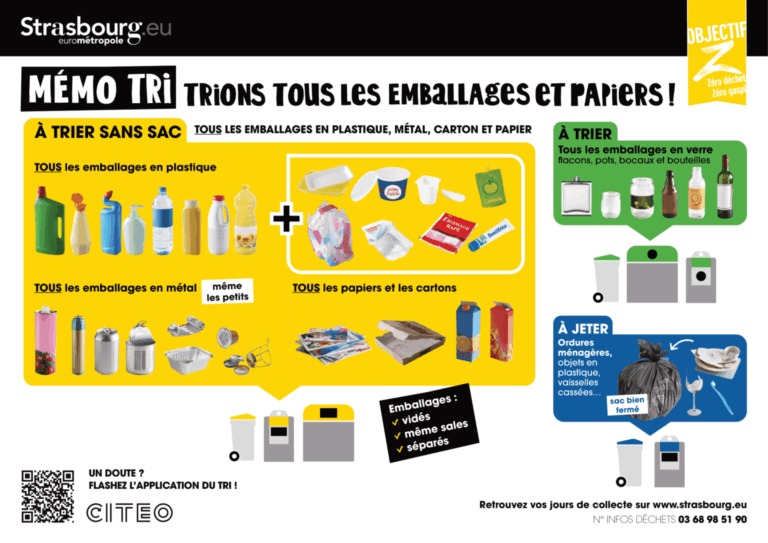Names For Different Sections Of A Lorry: A Comprehensive Guide
Names For Different Sections Of A Lorry: A Comprehensive Guide cars.truckstrend.com
The mighty lorry, a behemoth of the highways, is far more than just a large vehicle. It’s a complex assembly of interconnected systems, each with its own specific function and, consequently, its own name. For anyone involved in the transport industry – be it a driver, mechanic, fleet manager, or even an enthusiast – understanding the terminology for different sections of a lorry is not merely academic; it’s fundamental to safety, efficiency, communication, and professional competency.
This comprehensive guide will meticulously break down the various parts of a lorry, from the driver’s command center to the load-bearing heart, providing you with a detailed glossary and practical insights. Knowing these names empowers you to accurately diagnose issues, communicate effectively with repair personnel, perform essential pre-trip inspections, and ultimately, ensure the safe and reliable operation of these vital machines that keep our economies moving.
Names For Different Sections Of A Lorry: A Comprehensive Guide
The Cab: The Driver’s Command Center
The cab is the nerve center of the lorry, the enclosed space where the driver operates the vehicle. It’s designed for control, comfort, and, increasingly, connectivity.
- Dashboard/Instrument Panel: This houses all the gauges, warning lights, and controls necessary for operating the lorry. This includes the speedometer, tachometer, fuel gauge, air pressure gauges (for brakes), oil pressure, water temperature, and various indicator lights for system status.
- Steering Wheel: The primary control for directing the lorry, often equipped with integrated controls for cruise control, audio, and phone functions.
- Driver’s Seat: Ergonomically designed, often air-suspended and adjustable in multiple ways to reduce driver fatigue over long hauls.
- Sleeper Berth (Sleeper Cab): In long-haul lorries (also known as tractor units in articulated trucks), the cab often extends behind the driver and passenger seats to include a sleeping area, sometimes with a bed, storage, and even a small refrigerator or microwave. This is crucial for drivers adhering to strict rest regulations.
- Controls (Pedals, Gear Lever, Handbrake): The accelerator, brake, and clutch pedals (for manual transmissions), the gear lever (or shifter) for selecting gears, and the handbrake (parking brake) lever are all essential operational controls within the cab.
- HVAC System: Heating, Ventilation, and Air Conditioning ensures a comfortable cabin environment regardless of external weather conditions, vital for driver well-being.

Importance & Considerations: The cab’s design significantly impacts driver comfort and safety. Proper ergonomics reduce fatigue, while functional and intuitive controls minimize distractions. Regular maintenance of instruments and controls is crucial for safe operation and compliance with regulations.
The Chassis: The Backbone of the Lorry
The chassis forms the structural foundation of the lorry, supporting all other components and bearing the immense weight of the cargo. It’s essentially the skeleton of the vehicle.
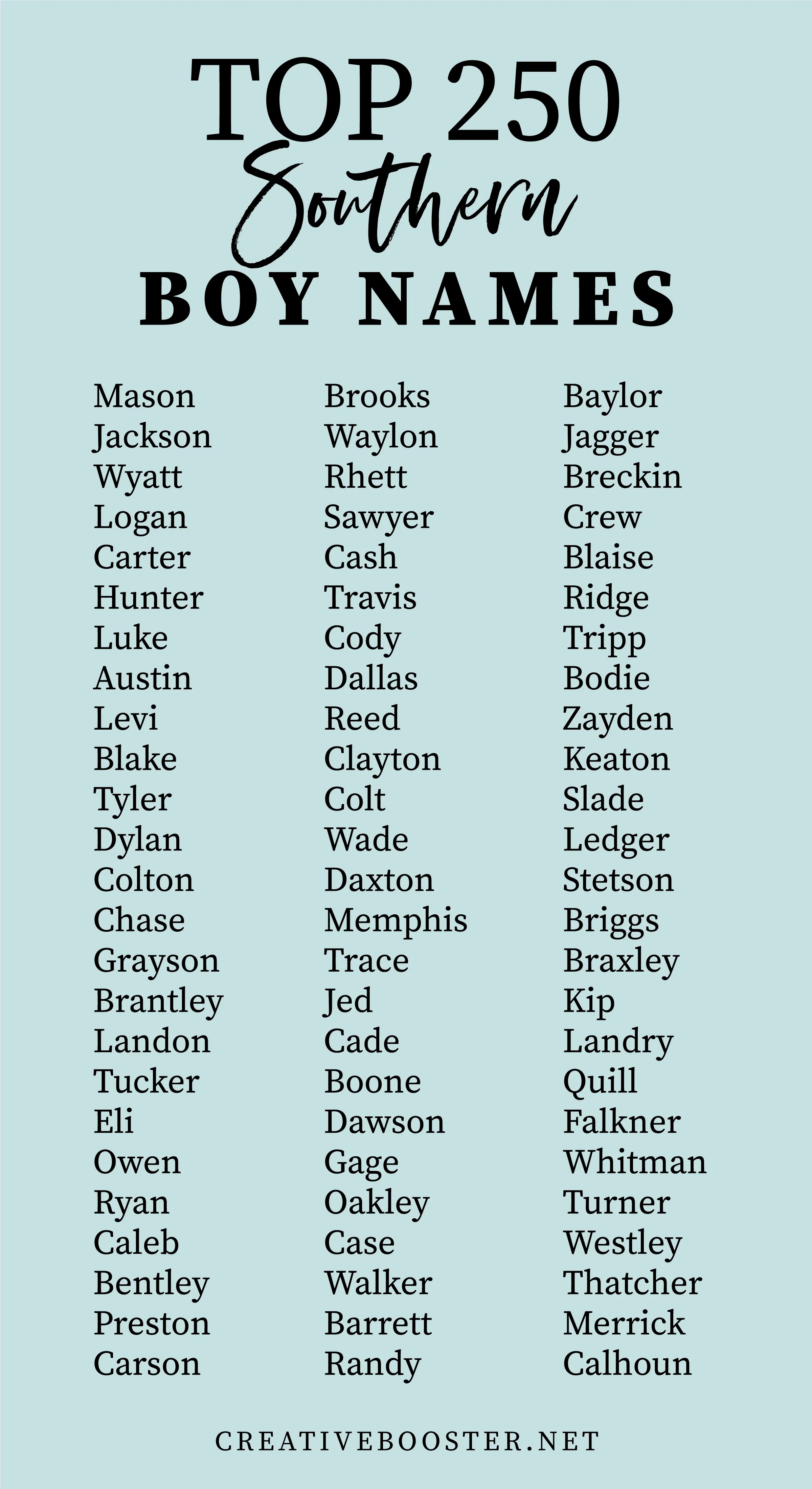
- Frame/Chassis Rails: The main structural members, typically two long, heavy steel beams (often called ladder frames) running the length of the lorry, onto which all other components are mounted.
- Axles: Horizontal shafts that connect the wheels. Lorries typically have multiple axles:
- Steering Axle (Front Axle): The axle at the front, responsible for steering the lorry.
- Drive Axles (Rear Axles): The axles that receive power from the engine and propel the lorry. Heavy lorries often have tandem (two) or even tridem (three) drive axles for increased traction and load-bearing capacity.
- Lift Axle/Pusher Axle/Tag Axle: An additional axle that can be raised or lowered hydraulically. It’s used to distribute weight more evenly when carrying heavy loads, or lifted when empty to reduce tire wear and fuel consumption.

- Suspension System: Components that connect the axles to the frame, absorbing road shocks and maintaining tire contact with the road. Common types include:
- Leaf Springs: Traditional, robust steel springs.
- Air Suspension: Uses air bellows to provide a smoother ride, adjustable height, and better load distribution.
- Wheels and Tires: Crucial for traction, braking, and supporting the vehicle’s weight. Lorries use specialized, heavy-duty tires designed for high loads and mileage.
- Braking System: Modern lorries primarily use Air Brakes, which consist of:
- Air Compressor: Generates compressed air.
- Air Tanks/Reservoirs: Store compressed air.
- Brake Chambers: Use compressed air to apply mechanical force to the brake shoes or pads.
- Brake Drums/Discs: The friction surfaces that stop the wheels.
- ABS (Anti-lock Braking System): Prevents wheels from locking up during braking, improving control.
- EBS (Electronic Braking System): An advanced system that integrates ABS, traction control, and other braking functions electronically.
- Fuel Tanks: Large tanks (often two, one on each side) designed to hold significant quantities of diesel fuel for long operating ranges.
- Exhaust System: Directs exhaust gases away from the engine, typically incorporating a Diesel Particulate Filter (DPF) and Selective Catalytic Reduction (SCR) system (which uses Diesel Exhaust Fluid, or DEF/AdBlue) to reduce emissions.
Practical Advice: The chassis components are subject to immense stress. Regular inspections of the frame for cracks, proper tire inflation, brake checks (including air system leaks), and suspension component wear are vital for safety and longevity.
The Powertrain: The Driving Force
The powertrain is the system responsible for generating power and transmitting it to the drive wheels, propelling the lorry forward.
- Engine: The heart of the lorry, almost universally a large, powerful Diesel Engine. It converts fuel into mechanical energy. Key parts include the cylinders, pistons, crankshaft, camshaft, turbocharger (common for increased power and efficiency), and various fluid systems (oil, coolant).
- Clutch: (For manual transmissions) A mechanism that connects and disconnects the engine from the transmission, allowing for smooth gear changes.
- Transmission/Gearbox: A system of gears that multiplies engine torque and allows the driver to select different speeds. Lorries can have manual transmissions (many gears, often 12-18 speed), automated manual transmissions (AMTs), or fully automatic transmissions.
- Driveshaft (Propeller Shaft): A rotating shaft that transmits power from the transmission to the differential(s) on the drive axles.
- Differential: A gear assembly located within the drive axle(s) that allows the wheels on the same axle to rotate at different speeds (crucial when turning) while still receiving power.
Tips & Challenges: Understanding the powertrain is key to fuel efficiency and performance. Regular oil changes, proper clutch operation (if manual), and attention to engine warning lights are essential. Challenges include managing emissions standards, optimizing fuel consumption, and diagnosing complex electronic engine control systems.
The Load Area/Body: The Cargo Carrier
This is the section of the lorry designed to carry the cargo. Its design varies dramatically depending on the type of goods being transported.
- Flatbed: A simple, open platform without sides or a roof, ideal for oversized or irregularly shaped cargo, often secured with chains, straps, or tarpaulins.
- Curtain-sider: Features a rigid roof and front/rear, but flexible, retractable curtains on the sides, allowing for easy side loading and unloading with forklifts.
- Box Body/Dry Van: A fully enclosed, rigid box structure, protecting cargo from weather and theft. Common for general freight.
- Refrigerated Unit (Reefer): A specialized box body with insulated walls and a refrigeration unit to maintain specific temperatures for perishable goods (e.g., food, pharmaceuticals).
- Tanker: A cylindrical or elliptical tank designed to transport liquids (fuel, chemicals, milk) or gases.
- Tipper/Dump Truck: Features an open-box bed that can be raised at the front by a hydraulic ram to discharge loose materials like sand, gravel, or dirt.
- Skeletal Trailer: A bare frame designed specifically to carry ISO shipping containers, with locking mechanisms (twist locks) to secure the container.
- Low-loader/Lowboy: A trailer with a very low deck height, designed for transporting extremely tall or heavy equipment (e.g., construction machinery).
- Car Transporter: A multi-level open trailer designed to carry multiple cars or other vehicles.
Important Considerations: Load securement is paramount, regardless of the body type. Overloading is illegal and dangerous. Specialized bodies require specific maintenance (e.g., refrigeration unit servicing, tank cleaning).
Trailer Coupling System: The Connection
For articulated lorries (tractor-trailer combinations), a specialized system connects the tractor unit to the trailer.
- Fifth Wheel: Mounted on the rear of the tractor unit, this is a large, flat, horseshoe-shaped coupling device that pivots, allowing the tractor to turn independently of the trailer. It engages with the kingpin on the trailer.
- Kingpin: A robust steel pin extending downwards from the front underside of the trailer, which locks into the fifth wheel.
- Air Lines (Gladhands): Hoses that connect the tractor’s air brake system to the trailer’s brakes, providing air pressure for braking and suspension (if air-sprung).
- Electrical Connectors: Cables that provide power from the tractor unit to the trailer for lights (tail lights, brake lights, indicators) and other electrical systems (e.g., ABS, refrigeration units).
How-to & Tips: Proper coupling and uncoupling procedures are critical to safety. Drivers must ensure the kingpin is securely locked, air and electrical lines are correctly connected, and the trailer landing gear is raised/lowered appropriately. Regular greasing of the fifth wheel and checking for worn or damaged components is essential.
Practical Advice and Actionable Insights
- For Drivers: Knowing these names allows for precise communication during breakdowns or maintenance issues, quicker pre-trip inspections (walk-arounds), and a deeper understanding of your vehicle’s capabilities and limitations. It enhances your professionalism and safety.
- For Mechanics: Accurate terminology is the foundation of diagnostics and repair. It ensures you order the correct parts and address the right issues efficiently.
- For Fleet Managers: Understanding lorry components aids in scheduling preventative maintenance, budgeting for repairs, training drivers, and optimizing vehicle specifications for specific jobs.
- For Everyone: Safety is paramount. A well-maintained lorry is a safe lorry. Recognizing potential issues by knowing the parts of the vehicle can prevent accidents and costly breakdowns.
Key Sections and Their Significance (with Associated Cost Considerations)
This table provides an overview of key lorry sections, their functions, and indicative associated costs for repair or replacement. These figures are highly variable based on lorry make/model, part availability, labor rates, and geographical location.
| Section/Component | Primary Function | Importance/Benefits | Typical Associated Cost (Replacement/Maintenance – Indicative Range, GBP) |
|---|---|---|---|
| The Cab | Driver control, comfort, safety | Ergonomics, operational efficiency, driver retention | Dashboard repairs: £200-£1,000+; Seat replacement: £500-£2,000+; HVAC repairs: £300-£1,500+ |
| Chassis Rails | Structural support, load bearing | Vehicle integrity, stability, safety | Frame repair (minor): £500-£3,000; Major repair/replacement: £5,000-£20,000+ |
| Axles | Support weight, transfer power | Load distribution, drive, steering | Axle replacement: £1,000-£5,000+ per axle; Wheel bearing replacement: £100-£500+ per wheel |
| Suspension System | Absorbs shocks, maintains tire contact | Ride comfort, load stability, tire longevity | Leaf spring replacement: £200-£800 per spring; Air bag replacement: £150-£500 per bag |
| Tires | Traction, cushioning, load bearing | Safety, fuel efficiency, braking performance | £200-£600+ per tire (lorries have many tires!) |
| Braking System (Air) | Deceleration, stopping | Critical safety system, regulatory compliance | Full system overhaul: £1,000-£5,000+; Compressor: £500-£1,500; Brake chamber: £100-£300 |
| Engine | Generates power, propulsion | Performance, reliability, fuel efficiency | Major overhaul: £5,000-£20,000+; Full replacement: £15,000-£40,000+ |
| Transmission/Gearbox | Manages power delivery, gear selection | Efficiency, drivability, torque management | Clutch replacement: £500-£2,000+; Gearbox repair/replacement: £2,000-£10,000+ |
| Driveshaft | Transmits power from transmission to axles | Smooth power delivery, reliability | Universal joint replacement: £100-£400; Driveshaft replacement: £500-£1,500+ |
| Load Area (e.g., Box Body) | Cargo containment, protection | Secure transport, weather protection, specific cargo needs | Body panel repair: £200-£2,000+; Full body replacement: £5,000-£20,000+ (depending on type) |
| Refrigeration Unit | Temperature control for perishable goods | Product integrity, regulatory compliance | Unit repair (compressor, lines): £500-£5,000+; Regular servicing: £100-£500 |
| Fifth Wheel | Connects tractor unit to trailer | Safe articulation, secure towing | Fifth wheel repair/rebuild: £300-£1,500; Replacement: £1,000-£2,500+ |
Disclaimer: The prices provided are highly indicative estimates in GBP and can vary significantly based on the specific lorry model, manufacturer, part quality (OEM vs. aftermarket), labor costs, and regional economic factors. They are intended for conceptual understanding of relative costs rather than precise budgeting.
Frequently Asked Questions (FAQ)
Q1: Why is it so important to know the names of different lorry sections?
A1: Knowing the names is crucial for effective communication with mechanics, emergency services, and colleagues. It enables accurate problem description, faster diagnostics, safer pre-trip inspections, and overall professional understanding of the vehicle you are operating or managing.
Q2: Are the names for different sections the same for all types of lorries (e.g., rigid vs. articulated)?
A2: Many core components (engine, chassis, cab, axles, brakes) have universal names. However, specific sections vary. For example, articulated lorries have a "fifth wheel" and a separate "trailer," while rigid lorries have an integrated "load body." Specialized lorries (e.g., tankers, tippers) will have unique components specific to their function.
Q3: What’s the difference between a "lorry" and a "truck"?
A3: The terms "lorry" and "truck" refer to the same type of heavy goods vehicle. "Lorry" is the predominant term used in the United Kingdom, Ireland, Australia, New Zealand, and India, while "truck" is primarily used in North America (USA and Canada).
Q4: Where can I learn more about specific lorry parts and their functions?
A4: Excellent resources include the lorry manufacturer’s service manuals, vocational training courses for HGV (Heavy Goods Vehicle) drivers and mechanics, online automotive encyclopedias, and specialized industry publications. Many parts suppliers also offer detailed diagrams and descriptions.
Q5: How do these names help with maintenance and troubleshooting?
A5: When a warning light illuminates or an unusual noise occurs, knowing the specific section or component involved allows you to:
- Pinpoint the problem area quickly.
- Accurately describe the issue to a mechanic, saving diagnostic time and costs.
- Perform basic checks or preventative maintenance on the correct part.
- Understand the mechanic’s explanation of the repair, ensuring you are informed about the work being done.
Conclusion
The lorry, in all its diverse forms, is an indispensable part of modern logistics and commerce. Its complexity, however, demands a clear understanding of its constituent parts. By delving into the "Names For Different Sections Of A Lorry," we’ve unveiled the intricate anatomy of these powerful machines, from the driver’s meticulous cockpit to the robust load-bearing chassis and the dynamic powertrain.
Mastering this terminology is more than just learning jargon; it’s about fostering safety, optimizing efficiency, and promoting professionalism within the transport industry. Whether you’re behind the wheel, under the bonnet, or managing a fleet, a comprehensive grasp of lorry nomenclature empowers you to operate, maintain, and communicate with precision. In a world where every mile counts, knowing your lorry, inside and out, is the ultimate advantage.

